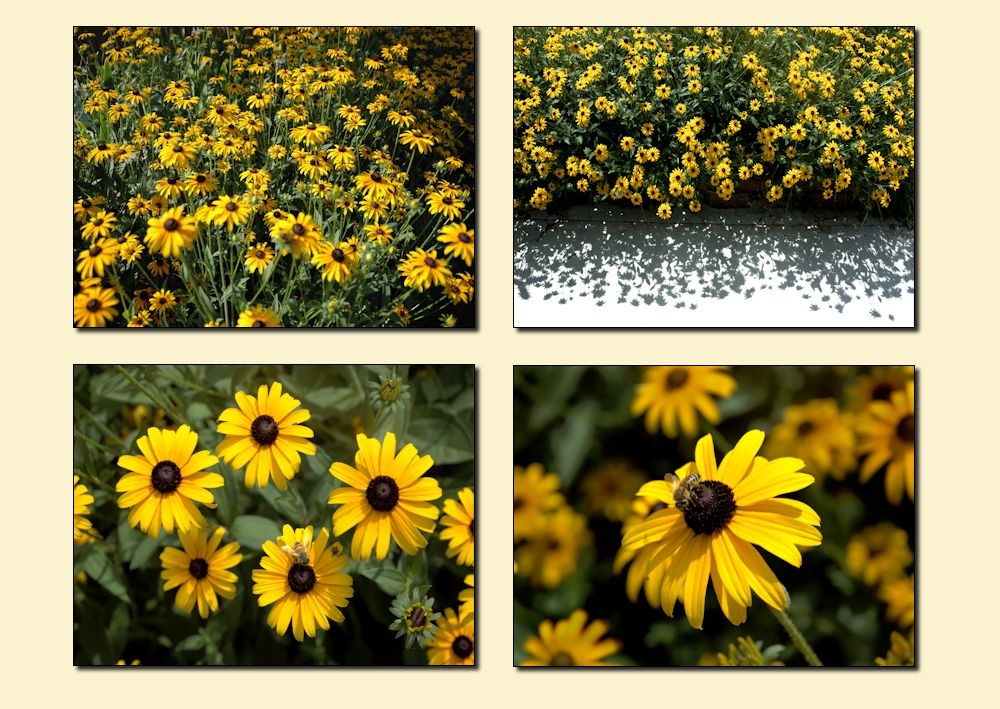
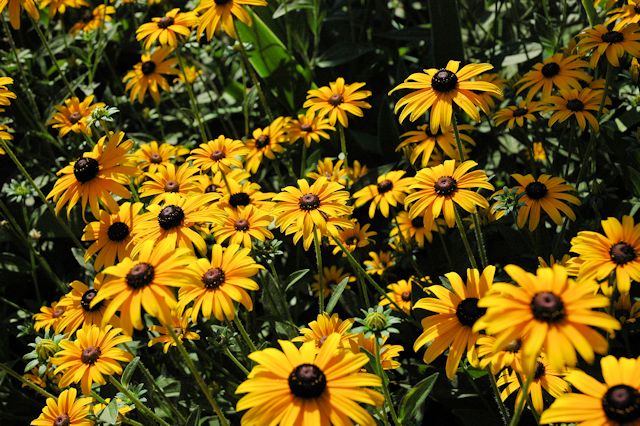
Rudbeckia (Black Eyed Susan), the Nasman Family Flower
Many countries have designated a flower to be their official national flower. Here in the USA, every state has official flowers; along with official birds, songs (Ohio even has named Hang on Sloopy as it's official state rock song), fossils and whatever. Many states select a local wild flower as their favorite, while in some states lobbyists push through something like the carnation (in Ohio, for example) in hopes of increasing the income of a special interest group.
Although the Black-Eyed-Susan is native to many states (and countries) Maryland has not only designated it as it's state flower, but has created some myths to go along with it. (They claim it starts blooming on the 4th of July, and has 13 petals representing the original 13 colonies.) However, my reason for selecting the Black-Eyed-Susan as my family flower is a direct result of my genealogy research.
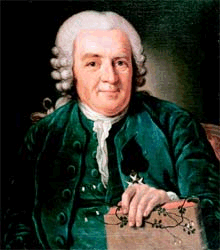 Most people who are serious flower scholars have heard of Carl Linnaeus . He established the scientific naming convention for plants and is credited as being the father of modern botany. Linnaeus gave the flower the name Rudbeckia in honor of Olof Rudbeck Sr. and Olof Rudbeck Jr.
Most people who are serious flower scholars have heard of Carl Linnaeus . He established the scientific naming convention for plants and is credited as being the father of modern botany. Linnaeus gave the flower the name Rudbeckia in honor of Olof Rudbeck Sr. and Olof Rudbeck Jr.
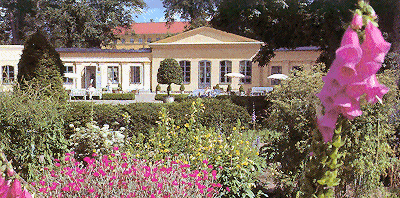 Olof Rudbeck Sr. was a Professor of Medicine at Uppsala University in Sweden. He established the first botanical garden in Uppsala, Sweden in the 1600's. This garden was later taken over by Linnaeus. It is still maintained, and I have visited it on my trips to Sweden in 1997 and 1998.
Olof Rudbeck Sr. was a Professor of Medicine at Uppsala University in Sweden. He established the first botanical garden in Uppsala, Sweden in the 1600's. This garden was later taken over by Linnaeus. It is still maintained, and I have visited it on my trips to Sweden in 1997 and 1998.
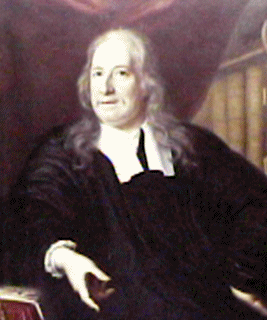 My eighth great uncle Olof was an amazing individual who created the first operating theater in Scandinavia (where medical students could observe operations), taught courses in medicine, mathematics, and astronomy, designed and built suspension bridges and special boat locks, composed music, and started the choir at Uppsala University that continues to this day. One of his major projects was to produce a book containing illustrations of as many plants as possible. At one time upwards of 6,200 illustrations were prepared for use in a book titled Campus Elyssi. Unfortunately, the woodcuts for most of these illustrations were lost in the great fire at Uppsala in 1702.
My eighth great uncle Olof was an amazing individual who created the first operating theater in Scandinavia (where medical students could observe operations), taught courses in medicine, mathematics, and astronomy, designed and built suspension bridges and special boat locks, composed music, and started the choir at Uppsala University that continues to this day. One of his major projects was to produce a book containing illustrations of as many plants as possible. At one time upwards of 6,200 illustrations were prepared for use in a book titled Campus Elyssi. Unfortunately, the woodcuts for most of these illustrations were lost in the great fire at Uppsala in 1702.
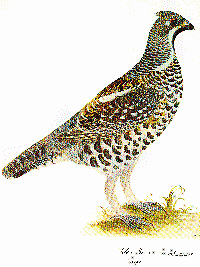 Olof Rudbeck Jr. was also a Professor at Uppsala University, and became a mentor to Linnaeus. In fact Linnaeus lived for a time in Olof Jr.’s house. One of Olof Jr.’s specialities was the study of birds. He traveled widely in Scandinavia, and produced a book of his bird paintings that reminds one of the work of John James Audubon. I have a copy of Olof Rudbeck’s Fågelbok that was printed in 1971 and contains 63 copies from the original collection that was created between 1693 and 1710.
Olof Rudbeck Jr. was also a Professor at Uppsala University, and became a mentor to Linnaeus. In fact Linnaeus lived for a time in Olof Jr.’s house. One of Olof Jr.’s specialities was the study of birds. He traveled widely in Scandinavia, and produced a book of his bird paintings that reminds one of the work of John James Audubon. I have a copy of Olof Rudbeck’s Fågelbok that was printed in 1971 and contains 63 copies from the original collection that was created between 1693 and 1710.
 Olof Rudbeck Sr. was one of the children of
Johannis Rudbeckius, who was Bishop of the Swedish Church in the 1600's. Johannis Rudbeckius established the practice of having every local church maintain the official birth, marriage, and death records for the state. These records were kept in Family Register books that have since been microfilmed and are available to genealogy researchers, thus making the search for Swedish ancestors fairly easy. Johannis Rudbeckius was my ninth great grandfather. Other notable descendants of Johannis Rudbeckius include Alfred Nobel, Selma Lagerlof, and Raoul Wallenberg.
Olof Rudbeck Sr. was one of the children of
Johannis Rudbeckius, who was Bishop of the Swedish Church in the 1600's. Johannis Rudbeckius established the practice of having every local church maintain the official birth, marriage, and death records for the state. These records were kept in Family Register books that have since been microfilmed and are available to genealogy researchers, thus making the search for Swedish ancestors fairly easy. Johannis Rudbeckius was my ninth great grandfather. Other notable descendants of Johannis Rudbeckius include Alfred Nobel, Selma Lagerlof, and Raoul Wallenberg.
So, with a distant family connection to Rudbeckia, how could it be anything but my official family flower? The Rudbeckia in Ohio starts blooming as early as June and continues through September. It is a perennial that grows both wild and domesticated. It is easy to propagate. I have collected the dried flower heads in late summer, scattered the seeds in various locations, and have been rewarded with great mounds of the delightful blossoms.
